Fur Free Orange County, FL: A Fact Sheet on Progress, Impact, and the Path Ahead
Orange County, FL, residents strive for our community to be at the forefront of animal welfare, taking actionable steps toward ethical consumerism and sustainable practices. This fact sheet highlights the current state of fur-focused businesses in the region, comparing fur sales within the broader scope of Florida, the US, and global contexts. Delve into the fur industry's ethical, environmental, and public health implications, and explore how joining the movement towards a fur-free Orange County can foster a more humane and compassionate community.Orange County Context

There are only two fur-focused businesses:
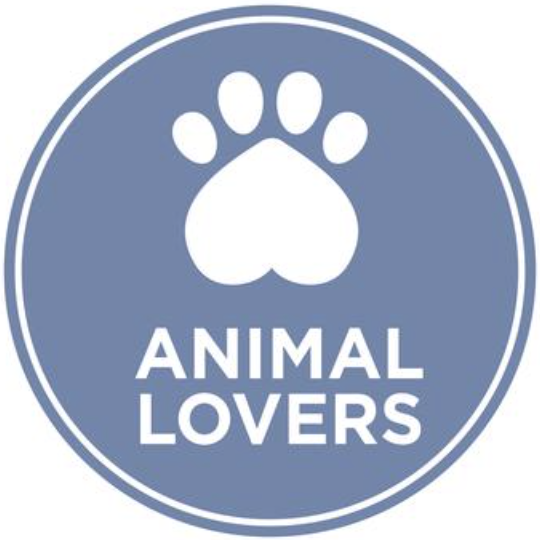
Orange County's Legacy in Animal Welfare:
- Retail Animal Sale Ban: Orange County's ban underscores our commitment to ending large-scale animal commodification and upholding their dignity. (Orange County, 2021)
- Foie Gras Cutdown: Aligning with county values, over five local restaurants have removed foie gras from their menus, acknowledging its production's ethical concerns and prioritizing morals over profits. (DXE Orlando, 2022)
- Upcoming Animal Shelter: Orange County's proactive commitment to animal welfare continues with plans for a new, state-of-the-art animal shelter designed to provide refuge and comprehensive care for animals in need. (Orange County Animal Services, n.d.)
Florida Context

Fur Sales in Florida (US Census, 2017):
- Total Fur-Selling Businesses: 268
- Retail Sales from Fur Garments: $16,444,000
- Total Sales by Fur-Selling Businesses: $3,307,847,000
- Percentage of Total Sales from Fur Garments: 0.5%
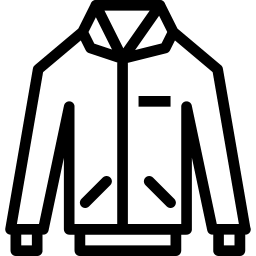
Comparison of Fur and Clothing Sales in Florida (US Census, 2017):
- Total Retail Sales from Clothing Stores: $22,967,416,000
- Percentage of Clothing Stores' Sales from Fur Garments: 0.07%
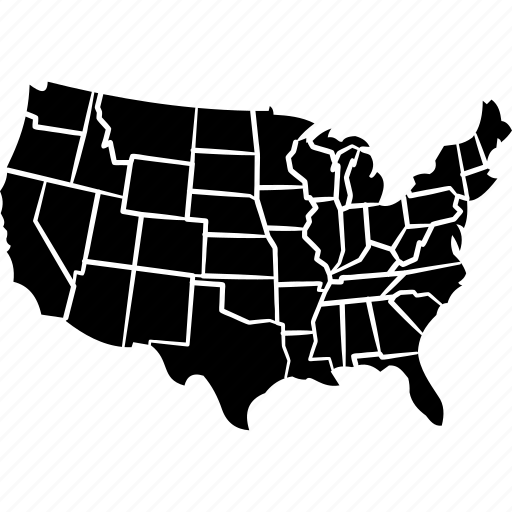
Florida's Fur Sales in a National Context (US Census, 2017):
- National Rank of Fur Sales among 50 states: 8
- Florida’s Share of US Retail Fur Sales: 2.86%
- Hallandale Beach, FL (2021), banned the sale of fur.

Local Legislation:
- Hallandale Beach, FL (2021) banned the sale of fur.
- "Sale of garments or items of clothing containing dog or cat fur prohibited; sale of pelt of any dog or cat prohibited." (Florida Statutes, 2021)
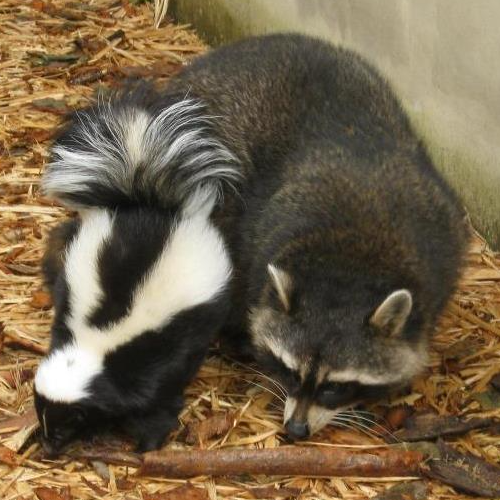
Several animals commonly used for fur are legal as pets in FL (e.g., foxes, skunks, raccoons) (Smith, 2023)
Fur Bans Globally
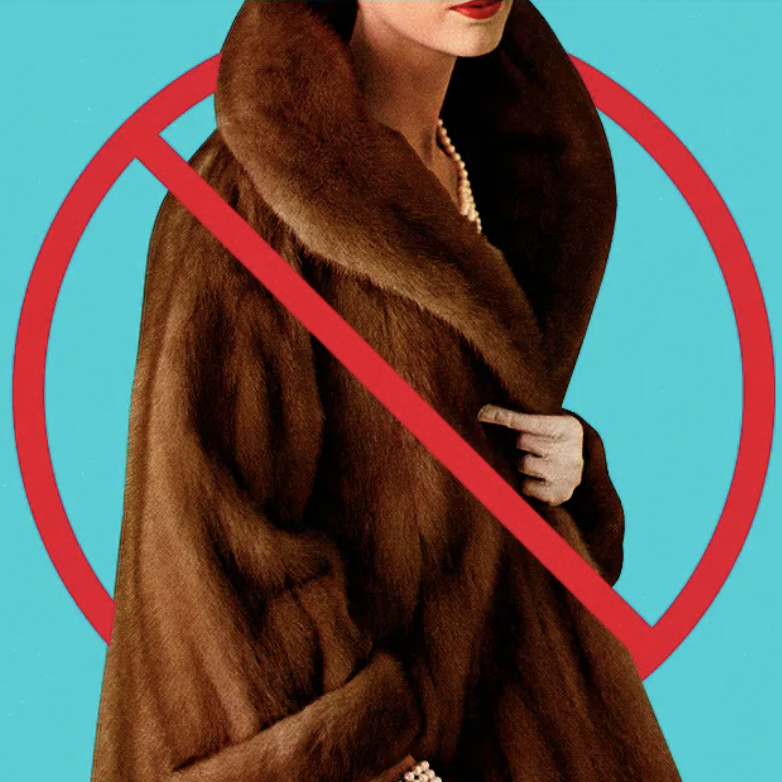
- Hallandale Beach, FL (2021) and California (2019) banned the sale of fur.
- India (2017) banned fur imports.
- Norway (2023), Belgium (2023), the UK (2020), and the Netherlands (2024) have banned fur production.
- Israel (2021) banned fur sales.
- Learn more
Animal Welfare Concerns
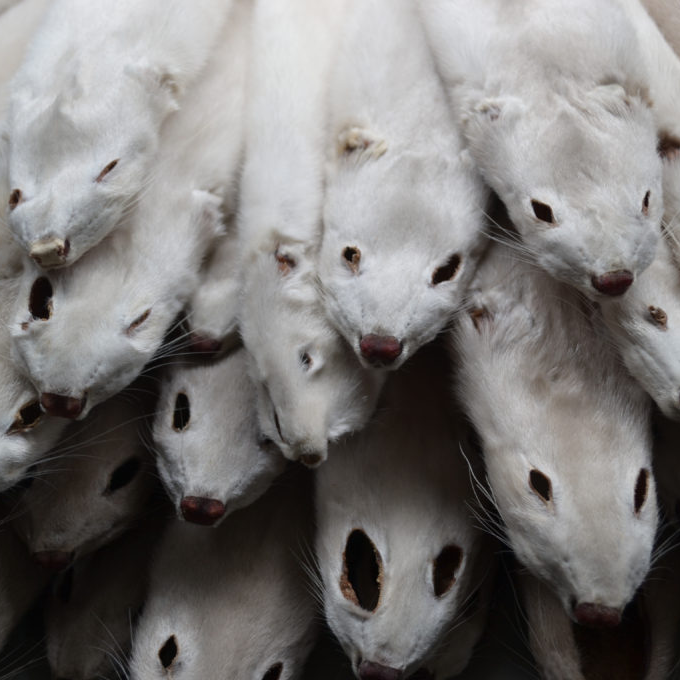
- The fur industry raises and kills an estimated 100+ million animals annually in factory farm conditions. (HSUS, 2021)
- Approximately 85% of these animals originate from fur factory farms, while hunters catch the remaining percentage in the wild. (HSUS, 2021)
- It takes many animals to make one coat (e.g., 33 mink) (FurFreeNyc, n.d.)
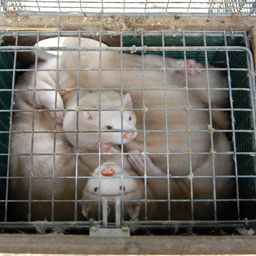
- Animals like mink, rabbits, foxes, and raccoon dogs often live in cramped cages, leading to self-mutilation, illness, and psychological stress. (HSUS, 2021)

- Standard killing methods include anal electrocution or gassing, both deemed inhumane by animal welfare experts. (HSUS, n.d.) (Korhonen & Huuki, 2013)
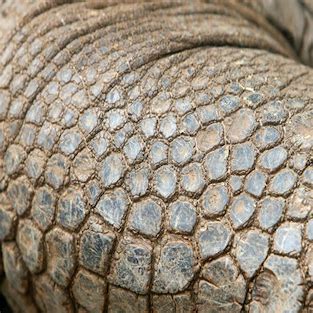
- Fashion items from major brands containing endangered and threatened species are regularly confiscated. (Thompson & Yarborough, 2014)
Environmental Impact
- Waste runoff from fur farms contaminates local water sources.
- “Factory-style animal production has become an industry with a massive waste disposal problem and should be regulated like other large industries.” (Cannon, 2022)
- Agriculture runoff is the leading cause of water pollution in the US (Cotsirilos, 2022)

- Fur dressing (using chemicals to prevent rotting) is one of the world's five worst industries for toxic metal pollution. (World Bank, 2013) (Hoskins, 2013)
- The environmental impact of natural fur products is at least a factor 3 higher than the least favorable faux fur variant. For some environmental effects, the result is more than ten times greater. (Bijleveld, 2013)
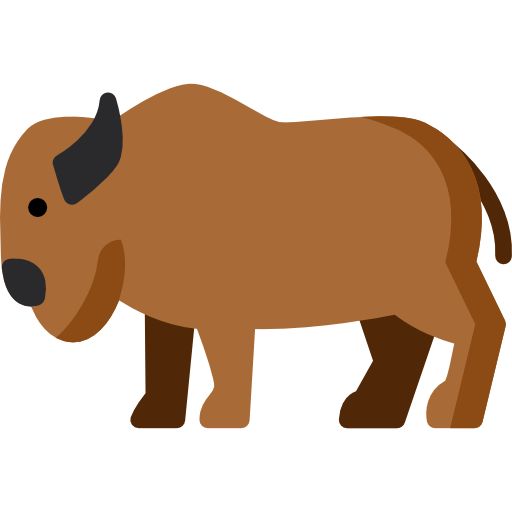
- The fur industry is responsible for many animals' extinction and near extinction, including the sea mink, toolache wallaby, Eurasian beaver, American bison, koala bear, and northern fur seal. The capture of "non-target" animals, including endangered species, is still a problem in the trapping industry.
Public Health Concerns
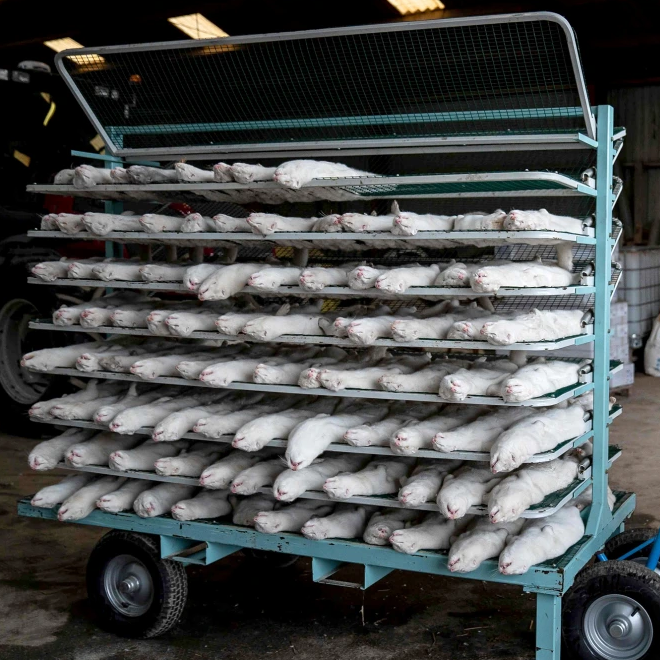
- Diseases, including COVID-19 and avian flu, have spread through fur farms, with reported virus outbreaks in countries like Spain, the Netherlands, Denmark, and the state of Utah (US).
- Experts warn that fur farms could act as disease reservoirs even if human infection rates decline. (Rozsa, 2023)
Business Sector's Stance
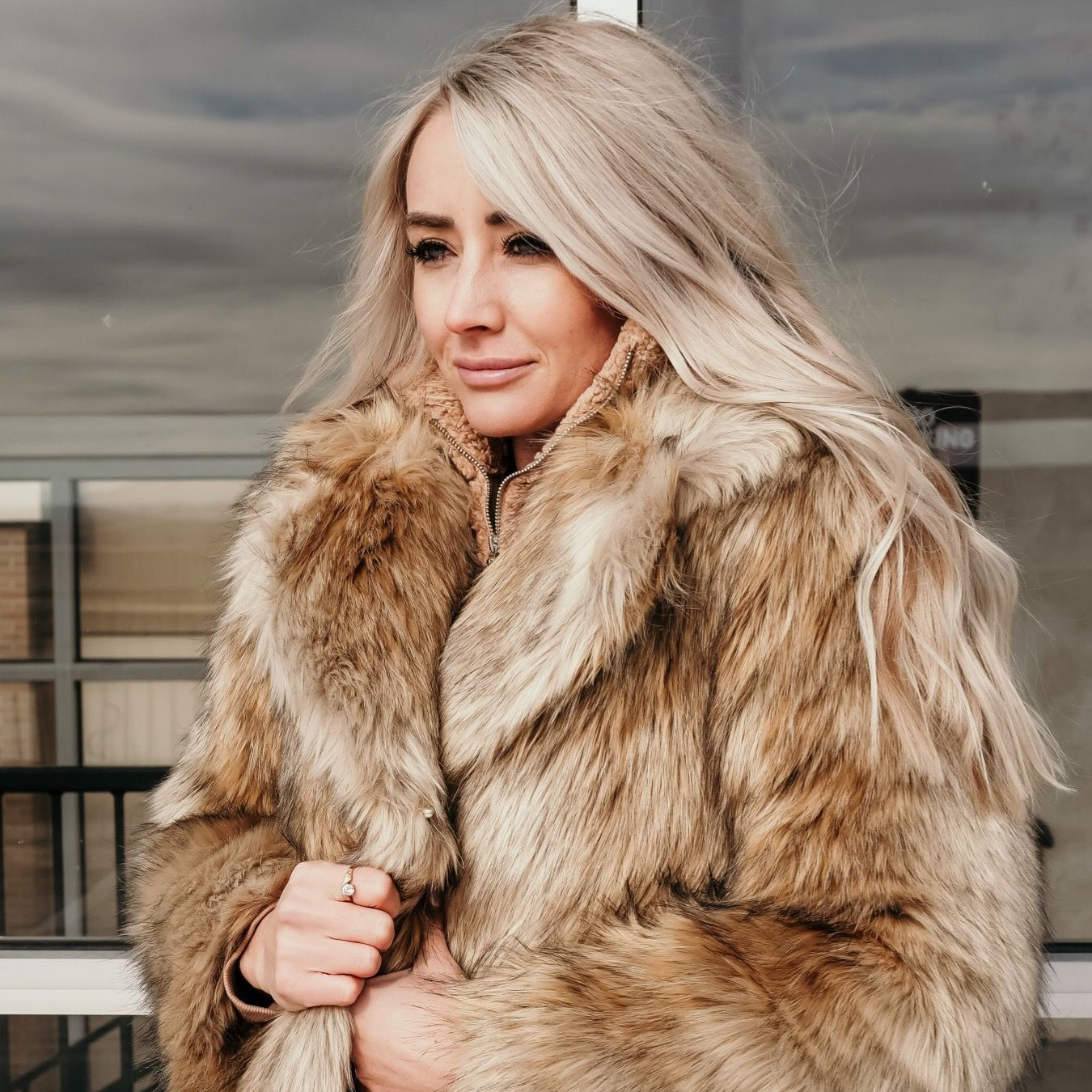
- 300+ major brands like Macy’s, Bloomingdale’s, Gucci, Burberry, Chanel, and others have announced fur-free policies. (HSUS, 2022)
- Dillard’s is the last remaining major department store in the US that still sells fur (HSUS, 2023)
- The fashion industry is increasingly shifting to fur-free. (Global Fashion Agenda, 2021)
- What Fashion Insiders Are Saying (spoiler: it is outdated)
The Fur Industry Lies
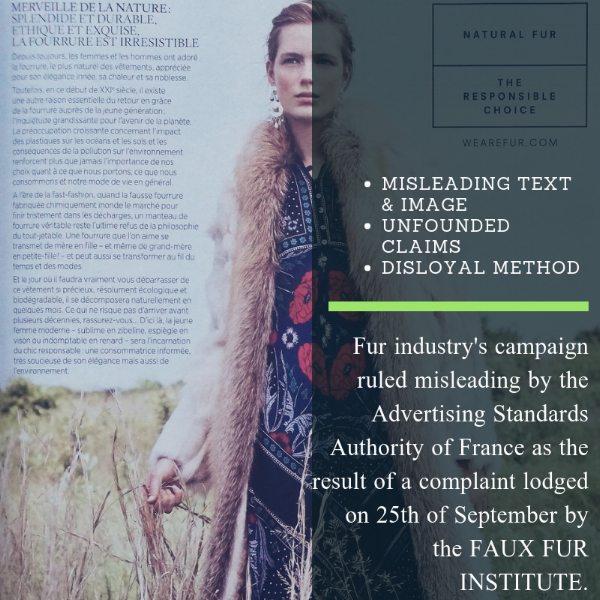
- The French Board of Advertising Ethics (Jury de déontologie publicitaire, or JDP) has ruled that a current ad campaign by the International Fur Federation (IFF) is misleading and in violation of standards of advertising ethics. Read the full story here. This ad is still running in Magazines here in the US.
- A fur ad claiming that it is "Eco-Friendly to wear fur" was ruled misleading by the Advertising Standards Authority in 2012. (Sweney, 2012)
Benefits of Going Fur-Free

- Going fur-free enhances the county's reputation as progressive and compassionate.
- Going fur-free encourages a humane local marketplace aligned with consumer preferences. (OpenText, 2022)
- Going fur-free reduces environmental and public health concerns linked to the fur industry.